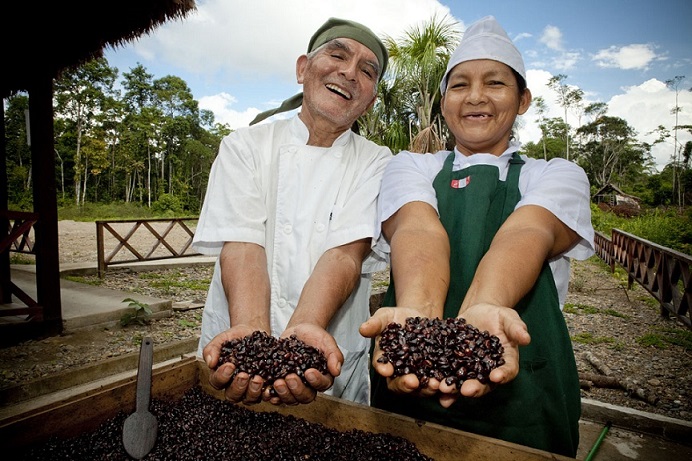A study conducted by Duke University’s Center on Globalization, Governance & Competitiveness for the Multilateral Investment Bank (MIF) of the Inter-American Development Bank (IDB) reveals excellent opportunities for small and medium-sized producers to access high-value international markets.
Producers can contact several organizations that offer information, tools and resources to improve these aspects
However, the main obstacle for producers is the lack of information and support mechanisms to access the global high-value chains.
What are high-value agro-food chains?
According to this publication, they are agricultural commodities that require special handling, such as fresh fruits and vegetables, or are processed in one or more post-harvest stages - such as specialty coffee or honey - prior to reaching the end market. These products tend to be more significantly labor intensive than cereal crops and other traditional agriculture, largely because mechanization is complicated by the need to prevent damage to fragile produce.
They are usually subject to a series of sanitary and phytosanitary regulations to ensure food safety and quality and to prevent the spread of disease. Therefore, these products yield higher prices and can provide an attractive source of income for producers.
The fact is that small and medium-sized producers have the opportunity of participating in global high-value chains. The research describes how producers can fill specific production gaps in the chain more efficiently than mechanized agriculture.



Follow Us